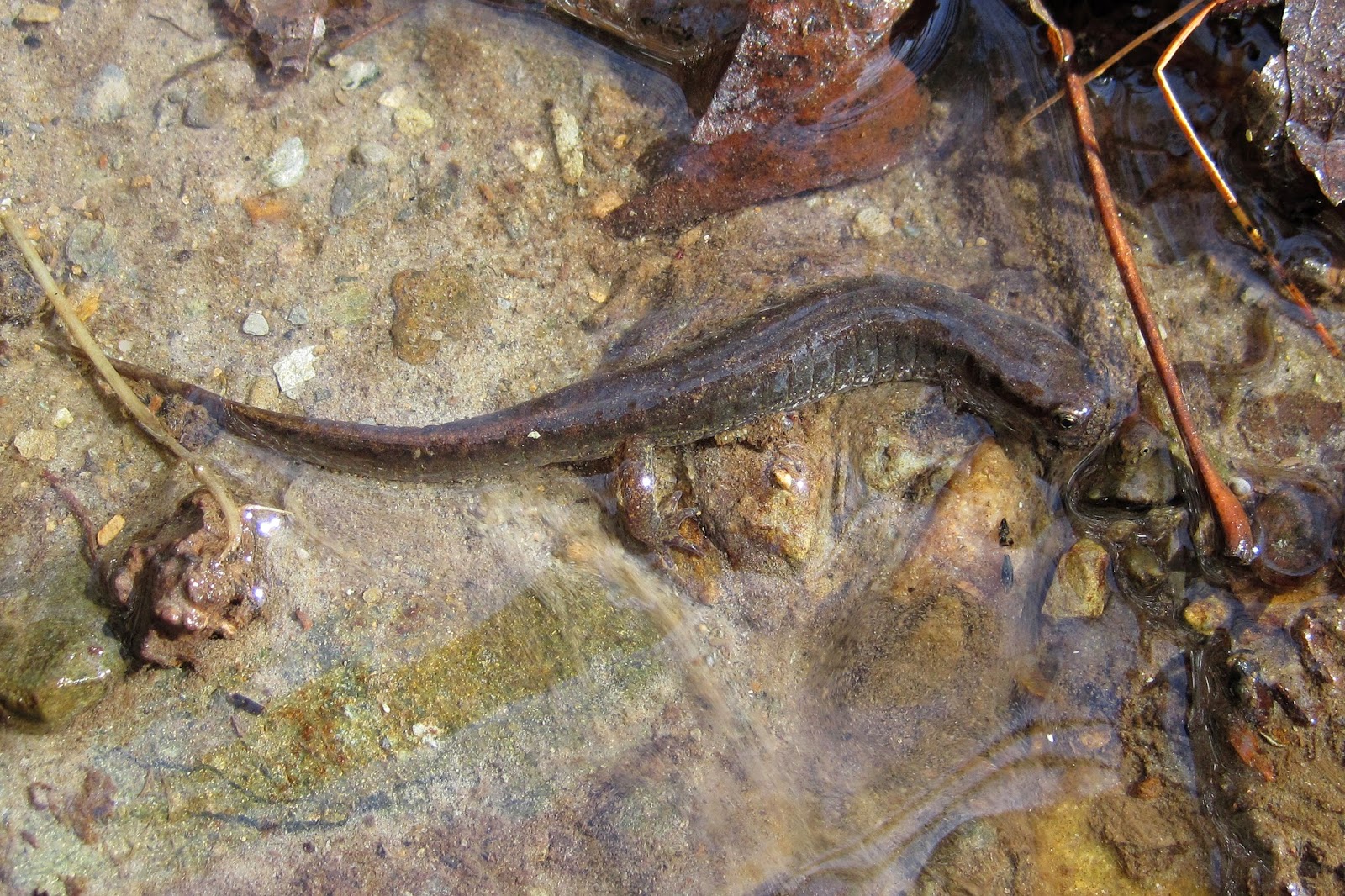With several days of warmer weather in a row, the North Branch Trekkers decided that it was time to move their trail camera to a safer location, off of the frozen (but slowly thawing) river. So we strapped on our snowshoes, crossed the bridge, and bushwhacked through the beaver marsh and forest to reach our camera on the other side of the river. Once we made it to our camera location, we discovered that we had captured 92 videos since our check the week before! However, we also noticed that there was very little left to the deer carcass, with all of the ribs fully exposed and picked perfectly clean. This coupled with the river beginning to show signs of softening ice, we were able to confirm our decision to switch locations.
The long snowshoe hike back to the nature center side of the river, along with the resetting of the camera along a game trail, left us with little to no time to review our videos. So, I took the card to upload at home. When I plugged the card in and began scrolling through the thumbnails, my eyes lit up and my heart skipped a beat when I saw what looked like a large mustelid standing between the camera and the carcass... It was a FISHER!!!
It certainly didn't linger long, taking only a few seconds to sniff here and there before realizing that there really was not much left to scavenge. In making predictions of what we would catch on the trail cam, the Trekkers listed off many different animals, but not one of them predicted that we would have a visit from a fisher, including myself!
The fisher may have been the most exciting visitor this past week, but it certainly was not alone. In addition to our resident crows and ravens, we also had a chickadee hopping from rib to rib, nibbling on marrow, 2 different foxes, a raccoon, as well as a cross country skier and a man on snowshoes!
This raccoon may have only visited one night, but the length of his stay and his tenacity was truly admirable. He (or she) first triggered the camera just after 7 p.m. The camera is set to take a 20 second video and then pause for 5 minutes before enabling the trigger again. This raccoon continued to set off the camera every five minutes, over a span of 3 hours, for a grand total of 36 videos! This camera hog wanted to be certain that every piece of sinew and grease had been licked clean and that any crunchable bones had been munched. It even stayed through a snow storm that moved through. In the final video you can see the snow building up on the camera lens as well as the raccoon's coat!
We also had a return visit from a familiar canine with crumply ears.. the gray fox from our first week of surveillance. As predicted, he was easily recognized by his oddly misshapened ears. There was also video of another fox with normally shaped ears, so we know of at least two gray foxes frequenting the area.
We are truly grateful for all of the fantastic teaching moments that this deer has provided for us. Even in death, nature still finds a way to reveal beauty and inspire awe. It has showed us that the death of one living thing (in this case the deer) has the potential to sustain the life of many. Everything is recycled. Life begets life. Nothing is wasted.
We'll continue to monitor the nature center fields, forests, and streams over the next few months as Father Winter slowly gives way to Lady Spring, so stay tuned for more updates. Who knows what lessons Trekkers Cam will uncover next!














